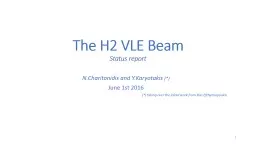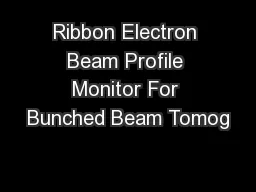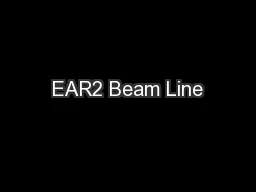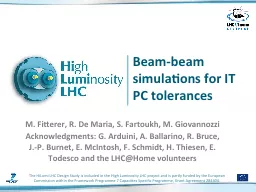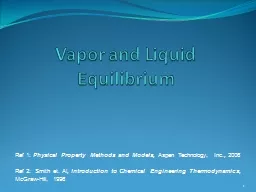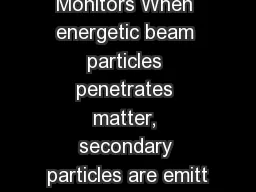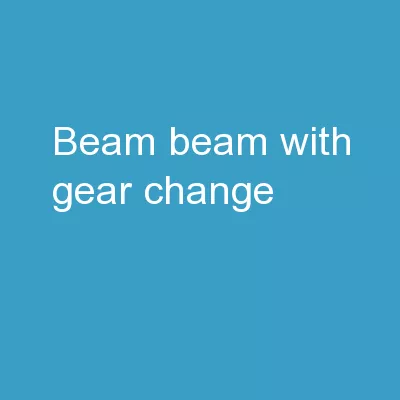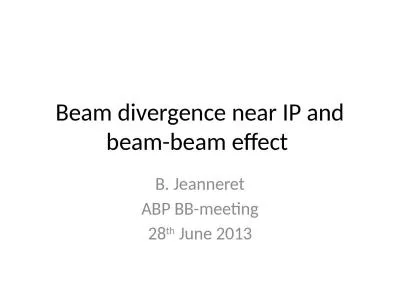PPT-The H2 VLE Beam Status report
Author : olivia-moreira | Published Date : 2018-10-23
NCharitonidis and YKaryotakis June 1st 2016 1 taking over the initial work from Ilias Efthymiopoulos H2VLE Beam Layout is final 2 Tilted Dipoles 35 degrees
Presentation Embed Code
Download Presentation
Download Presentation The PPT/PDF document "The H2 VLE Beam Status report" is the property of its rightful owner. Permission is granted to download and print the materials on this website for personal, non-commercial use only, and to display it on your personal computer provided you do not modify the materials and that you retain all copyright notices contained in the materials. By downloading content from our website, you accept the terms of this agreement.
The H2 VLE Beam Status report: Transcript
Download Rules Of Document
"The H2 VLE Beam Status report"The content belongs to its owner. You may download and print it for personal use, without modification, and keep all copyright notices. By downloading, you agree to these terms.
Related Documents

